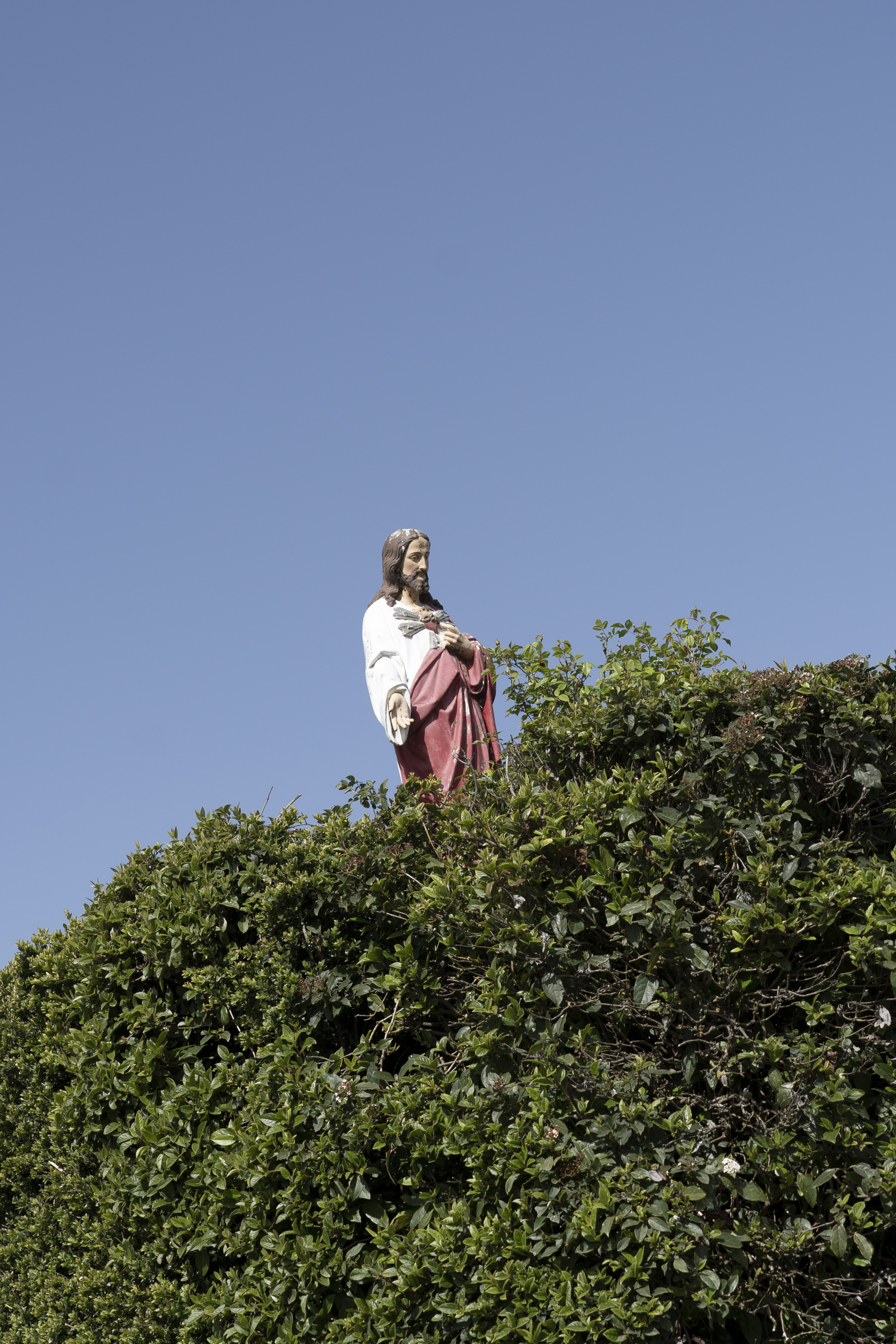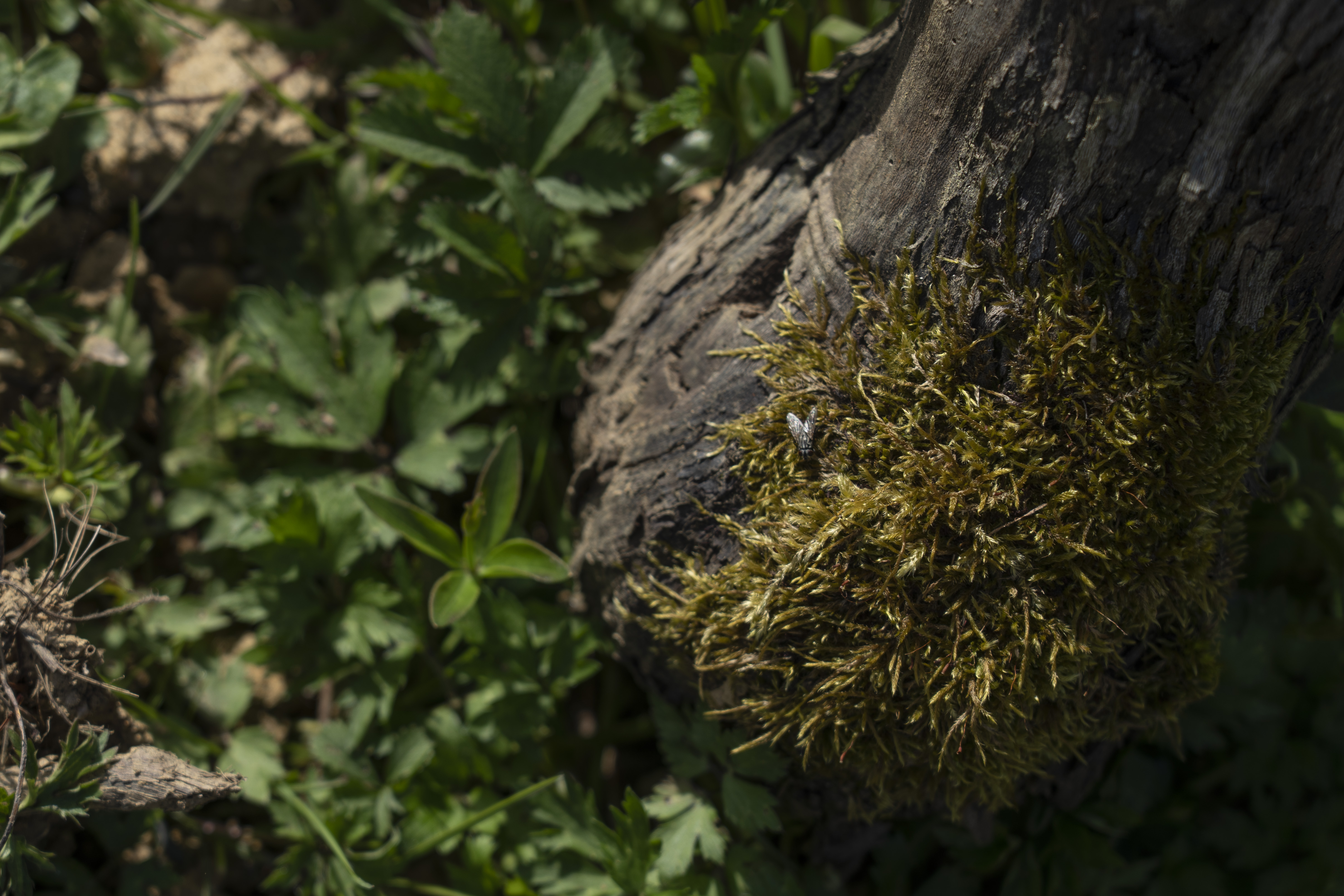In an area that has historically favoured the game of rugby, a scrummage of wine appellations of all sizes wear the same jersey: that of the South-West. This vast area is so packed with histories, local idiosyncrasies and varied grape varieties that it can be hard to find a common denominator apart from a love of good food and drink. But we should not forget the preservation of local wines traditions either.
In the beginning…
We will start by paying tribute to one of France’s oldest vineyard areas, Gaillac. As from the 2nd century BC Gaillac formed part of the vast Roman province of Narbonne, which was the first area of Gaul to be conquered and then controlled by Rome. It was also the first to be valorized under the Roman administrative system with the creation of large estates where wine played an essential part in their economy. Cahors can also be cited amongst the earliest regions to emerge with wine as part of the picture, equally during the 2nd century BC. What we cannot ascertain is whether the wine relics found there came from Cahors or elsewhere. More conclusive are archaeological remains of wine-making buildings and equipment discovered at Moncaret, near the town of Bergerac, as well as at Estagnac, in the Gers. These show that wine was being produced there at least from the 1st century AD. The rules of Nero and Vespasian saw a considerable increase in vine plantings throughout southern Gaul, including the South-West. Even Domitian’s edict of AD 96 that prohibited new plantings hardly seemed to have slowed this down much. In any case, the true expansion of these various viticultural outposts throughout south-western France has more to do with the rise of monastic orders as from the 10th and 11th centuries. We can see signs of this at Irouleguy, Cahors, Fronton, and Madiran, amongst others.

Advantages, but also geographical barriers
Doubtless the convergence of several of the routes to Compostello facilitated technical exchange as well as the diffusion of wines. One can imagine that pilgrims who drank and enjoyed the wines of a locality on their way sang their praises further along the road, or when they returned home. The importance of communication and transport means, in particular fluvial ones, should also be emphasized here. For Jurançon this means the Gave de Pau that flowed out at Bayonne, the Dordogne for the wines around Bergerac, successively the Tarn, the Lot and the Garonne for Gaillac, Cahors and a whole range of other localities. If some of these wines found their way to London as from the 14th century, it was due to the importance of Bordeaux as a port, then controlled by the English. Appreciated in England as well as in Paris, where the poet Clément Marot described it as “a fiery liquor” Cahors was, however, hindered in its development, as were most other vineyards of the region, by the privileges obtained by Bordeaux producers who demanded that Cahors and other inland wines should not be allowed to enter the port of Bordeaux before Christmas, thus allowing their own production to be sold first.
So, what about Bordeaux? Although this vast region is most definitely situated in the south-west quarter of France, it is generally not included in books or articles dealing with that region’s wines because it has, for a long time, stood on its own with its individual reputation. One should mention, however, that several smaller neighbouring regions such as Bergerac, Duras, Marmande and Buzet have in the past been under the Bordeaux umbrella. Dr.Jules Guyot wrote, in his Study of France’s Vineyards (1853): “By the nature of their wines, which derive to a large extend from the trading activities of Bordeaux, these regions can be attached to those of Bordeaux.” Guyot even mentions the “Pyrenees and Bordeaux region”, from which he excludes those of the Lot and the Tarn which he classifies in a “Central-Southern” region. When Guyot wrote of markets, he underlined that fact that the wines from the “Upper Country” do not benefit much from the Bordeaux wine trade since they are used merely to reinforce Bordeaux wines when these are too light in colour and low in tannins, this losing their identities in these blends. It should, of course, be mentioned that such practices were not only widely practised, but entirely legal before controlled appellations came into being much later.
Not only reputed, but also value-for-money!
André Julien, in his Topographie de tous les vignobles connus (1816), praised the wines from Périgord, with a special mention for the reds of Pécharmant and the whites of Monbazillac or Bergerac. Doctor Guyot appreciated the “excellent red wines of Madiran”, as well as those from Cahors, and said of the latter: “I have never seen more picturesque, organized and well-kept vineyards than those of the Lot”, and he went on to write: “I was surprised by the positive effects of these wines on digestion and the strength of both body and mind”. This man of science also regretted that these “black wines” were not given their due place and value since they were for a large part used to boost the colour of other wines. He also appreciated the wines of Gaillac “usually the best of all the Languedoc”: Gaillac was at that time part of the Languedoc Province.
All of these citations, which date from the period before phylloxera, make it somewhat easier to comprehend the complex mosaic of the South-West vineyards which, unlike many other regions, have managed to preserve many of the local varieties that were planted at that time. Although one should take account of progress in wine-making, as well as the fact that practically all vines have since been re-planted on American rootstock, one could almost consider that one may today taste wines close to those that were appreciated by Julien and Guyot in the 19th century. And, while we are at it, why not those that the French king Henri IV drank in Béarn back in the 16th century? What is really encouraging is that today, as throughout history, wines from South-West France have remained very affordable. Quality is there and is, of course, often boasted by local producers, but this always goes hand-in-hand with a form of modesty in prices. Perhaps a difficult past offers us a form of explanation for this? A few figures noted by Doctor Guyot provide us with a notion of the importance of the region’s vineyards. And, in this respect, one should remember that in many parts of the South-West, vines had to compete for land with other crops such as cereals and tobacco, not to mention pastureland. This explains why, unlike in Bordeaux for instance, vineyards in the South-West rarely form a homogenous mass: rather they constitute small to medium-sized islands of vines separated by woods, fields and pastures. The result is landscapes of considerable and varied pastoral beauty. In 1852 there were a total of 400,000 hectares of vines planted in the départements (French administrative areas, ndlr) that form the South-West region of France, and they supplied between a quarter and a half of its agricultural revenue. Even the Ariège, with 18,000 hectares, had more vineyards than today’s Alsace! The départements with the most vineyards were the Lot (58,000 hectares), the Lot et Garonne (66,000 hectares), the Dordogne (96,000 hectares) and the Gers, much of whose 100,000 hectares were devoted to the production of Armagnac.
The foresighted Guyot even advised producers in the Gers to reduce their production of Armagnac, which was already suffering from competition from other spirits, and turn to the production of wines. It would be 100 years before they made such a move by creating the IGP designation Côtes de Gascogne, including as main grape varieties Ugni Blanc (aka Trebbiano), Colombard and the two Mansengs.

A conservatory of grape varieties
What is probably more important for us who taste wines today is the fact that the various sub-regions of south-west France together constitute a conservatory of ancient grape varieties. We now know that several of the most widely planted “international” grape varieties originated in the foothills of the Pyrenees. This is particularly the case of the Carmenet, group which includes Cabernet Franc, a variety which some link to the ancient vitis biturica of the Roman era, but also to its close cousin Fer Servadou, also known in various parts of the region as Braucol, Mansois or Pinenc. The etymology of Fer (derived from the Latin word Ferus, meaning wild) could well indicate that it came from wild, woodland vines. We should also remember that Cabernet Franc is a parent both of Cabernet Sauvignon and Merlot, both of which were mentioned in 18th century texts, and that this numerous Carmenet family also includes Petit Verdot, Carmenère and Petit Courbu. The South-West is also the cradle of two other black grape varieties that have seen considerable international careers in the 19th and 20th centuries, namely Malbec, which dominates not only the wines of Cahors, but also, on a greater scale, those of Argentina, and Tannat (Madiran and Uruguay) which is also linked to Manseng Noir recently reintroduced in Gascony. Talking about Manseng, this family of grape varieties is also an important one, essentially composed of white grapes that are used extensively in the appellations Jurançon, Pacherenc du Vic Bihl and Saint-Mont, as well as the IGP Côtes de Gascogne. Petit and Gros Manseng cohabit, and the etymology of their name is unusual: the term manse in French signifies manor house and has the same root as mansion. It is thus likely that these varieties were considered to be the noblest of their region. And we should not forget the Negrette variety, so essential to the identity of the Fronton appellation just north of Toulouse (one could consider that Fronton is, to an inhabitant of Toulouse, what Beaujolais is to one of Lyon). Negrette belongs to the Cotoïd family, along with Malbec and Prunelard: yet another interesting detail to this picture of regional varieties. And this diversity doesn’t end there either, since the grape conservatory at Saint Mont has a profusion of others that have been saved from extinction.
One may well ask how come so many grape varieties originated in South-West France? It appears that vines survived here during the last glacial episodes before the return of higher temperatures allowed vines to further diversify and spread geographically. Most curiously, Doctor Guyot, just before phylloxera struck, recommended that these ancient varieties be replaced by some from other regions such as Pinot Noir and Gamay. We will give him a red card for that! In any event it is most fortunate that no player from any of the South-West teams followed his idea, thus giving us the chance and pleasure of tasting such a diverse and original range of wines as you will find in these pages.
Hervé Lalau
